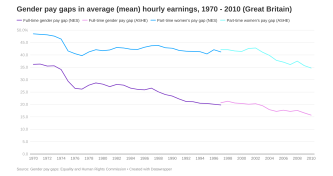Source: Institute for Fiscal Studies (IFS) – Living standards, poverty and inequality in the UK
Notes:
- The 90:10 ratio compares the 90th percentile of incomes (the income of the person richer than 90% of the population) with the 10th percentile (the income of the person richer than 10% of the population). The higher the number, the greater the income inequality is between these two groups.
- Incomes have been measured net of taxes and benefits and before housing costs have been deducted. All incomes have been equivalised using the modified OECD equivalence scale.
- The chart shows the 90:10 income inequality ratio in calendar years between 1961 and 1992, and in financial years from 1993-94.
- Calculations use the Family Resources Survey (FRS) and, prior to 1994–95, the Family Expenditure Survey (FES).
- These figures provide a broadly representative sample of households in Great Britain until 2001–02 (i.e. not including Northern Ireland) and in the whole United Kingdom from 2002–03 onwards.
- The IFS website includes more information on the methodology used in the living standards, poverty and inequality statistics.
About CLOSER
This page is part of Our Changing Society, a free resource developed by CLOSER to provide detailed information about the historical and political backdrop to study participants’ lives.
CLOSER’s mission is to increase the visibility, use and impact of longitudinal population studies, data and research to ensure that longitudinal evidence is used to address the health, social, economic and environmental challenges facing the UK, now and in the future.
Want to know more?
- Longitudinal News – Sign up to our monthly newsletter to hear about the latest news, blogs, research and events from the longitudinal community.
- Learning Hub – Find information and resources to help you better understand longitudinal population studies and how to use the data.
- CLOSER Discovery – Search and explore data in the UK’s most detailed research tool for longitudinal population studies.



